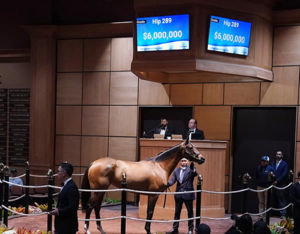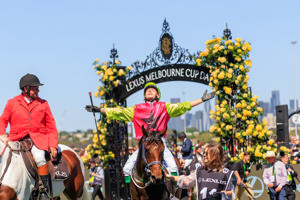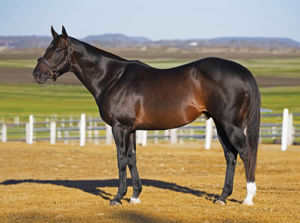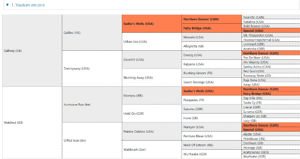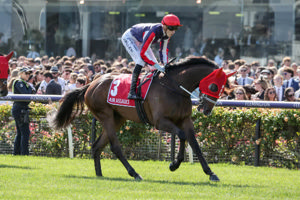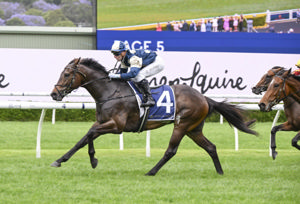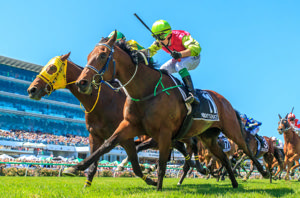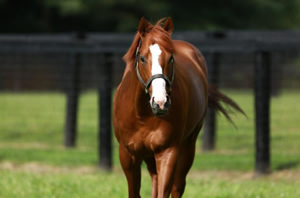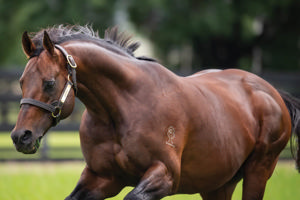As we move towards the thoroughbred breeding season, commercial breeders can start planning ahead on the best strategies to maximize their investment in challenging times and one of those ways is Equilume Light Masks.
For seasonal breeders such as the horse, the lengthening days of spring have long been associated with increased fertility, enhanced performance, improved coat condition and better health and well-being.
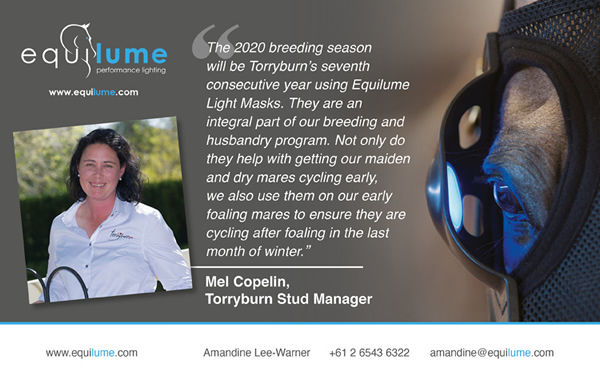 A key understanding for mare management relates to the length of day and how this influences the annual cycle of reproductive physiology and behaviour.
A key understanding for mare management relates to the length of day and how this influences the annual cycle of reproductive physiology and behaviour.
The horse’s peak reproductive period coincides with the long, light-filled days of summer. For decades, breeders have been bringing forward the breeding season of mares by providing them with artificial light to mimic a summer’s day.
This ‘Long Day’ signal consists of approximately 16 hours of light and 8 hours of dark (Long Day). On average, it takes 70 days from initiation of ‘Long Day’ light treatment to the first ovulation of the season.
For this reason it is recommended that light therapy begins no later than July 1st to ensure that mares are ready for breeding in time for the official start of the breeding season.
The old ways of keeping mares in paddocks under light towers or alternatively stabled under lights have given way to the distinctive blue glow of mares quietly wandering their paddocks fitted with an Equilume Light Mask.
Using Equilume Light Masks as a means to provide light therapy, breeders have the added benefit of cost savings from not having to keep mares housed under lights and mares can stay in their natural environment.
Arrowfield Stud were quick to see the light and have been using Equilume Light Masks for the past five years and use between 60 and 80 in a season.
“We find the Equilume to be a very useful operational tool that allows us to keep mares out in their paddocks roaming freely without having to bring them into barns,” said Paul Messara.
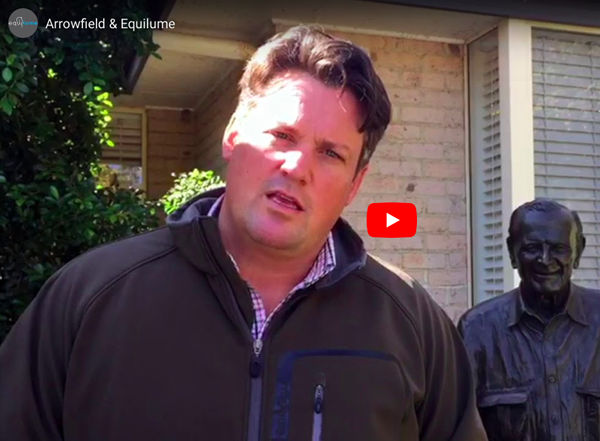
Light is equally important for our pregnant mares.
The tendency to want to breed mares earlier in the season to ultimately achieve well grown yearlings ready for a January sale means that foaling often occurs at a darker time of year than it normally would in the wild.
This has a negative effect on breeding efficiency, with longer gestation lengths, smaller foals and poor post-foaling fertility commonplace early in the season.
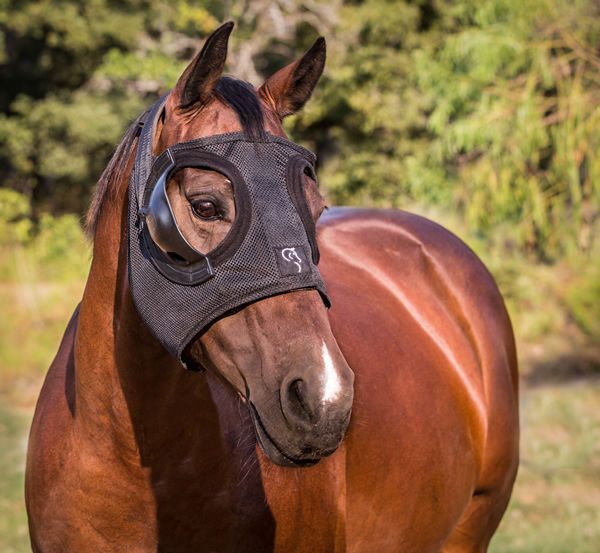 As well as hormones that control reproduction, longer daylight hours stimulate important growth hormones that allow foals to mature in utero, mares to produce adequate milk and colostrum and ensures mares are cycling post-foaling and ready to be rebred.
As well as hormones that control reproduction, longer daylight hours stimulate important growth hormones that allow foals to mature in utero, mares to produce adequate milk and colostrum and ensures mares are cycling post-foaling and ready to be rebred.
Research using Equilume Light Masks has shown that when light therapy is initiated at least 90 days prior to foaling dates, gestation lengths are reduced and foal birth weights improve significantly.
Using light for pregnant mares also ensures that they have good post-foaling fertility and milk production to maximise breeding outcomes and foal health.
The light mask is to be fitted 90 days prior due date for a pregnant mare or on 15th of June for mares due early in the season.
Stallions too need adequate light duration for optimum fertility.
Covering books of more than 100 mares in a season is commonplace for the commercial sire, with some stallions covering well over 200, so peak performance is imperative.
While capable of breeding all year long, fertility is highest during the longest days of the year. Semen volume, sperm concentration, libido and reproductive behaviour are all significantly influenced by the duration of daylight.
It is recommended that ‘Long Day’ light therapy for stallions is also initiated 70 days prior to the time of peak reproductive activity. This is especially important for young stallions facing their first, second or third book of mares.
Importantly, all light is not equal.
Natural daylight contains a very high component of blue light wavelengths. For this reason, mammals such as horses and humans possess receptors in the eye that are most sensitive to blue light.
Blue light targets the receptors that regulate the horse’s body clock and ensures that the activity of every cell in the body is synchronised with the environment. That is why blue light positively impacts a horse’s overall health and well-being in addition to its influence on reproduction. Many standard stable light fixtures have minimal blue light wavelengths.
The Equilume Light Mask and Stable Light were scientifically developed to provide the horse with optimal lighting that mimics the benefits of natural daylight and ensures optimum health and reproductive performance.


